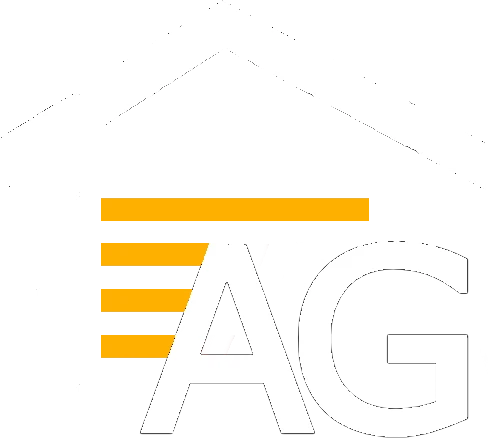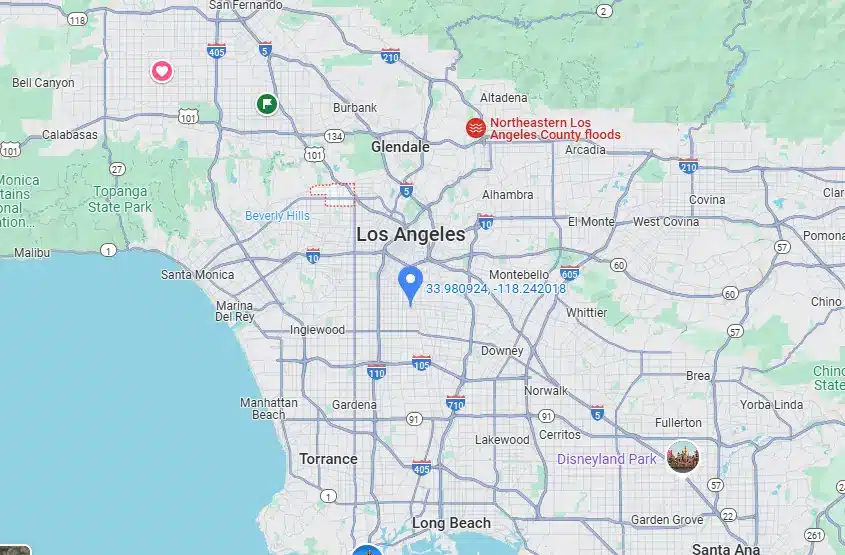4.9 based on 4,312+ reviews
- Trusted by 6,213+ Customers and 8,534+ Jobs
- (844) 777-3677
Home » Garage Door Parts and Hardware Repair & Replacement Services
Learn Everything You Need to Know About All the different Garage Door parts & Hardware, So You Have A Better Understanding Of What They Are, Why You Need Them and if it is time for any upgrades or replacements
Our service page on garage door parts and hardware helps you understand the key components of your garage door system. From springs and cables to tracks, rollers, and hinges, we explain each part's purpose and how they work together to ensure smooth operation. Whether you’re curious about their roles or want a deeper understanding, this page offers a clear overview of your garage door’s mechanics.
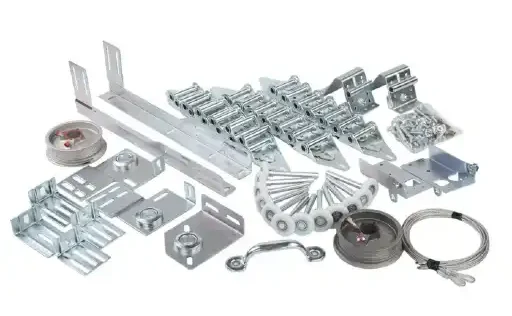
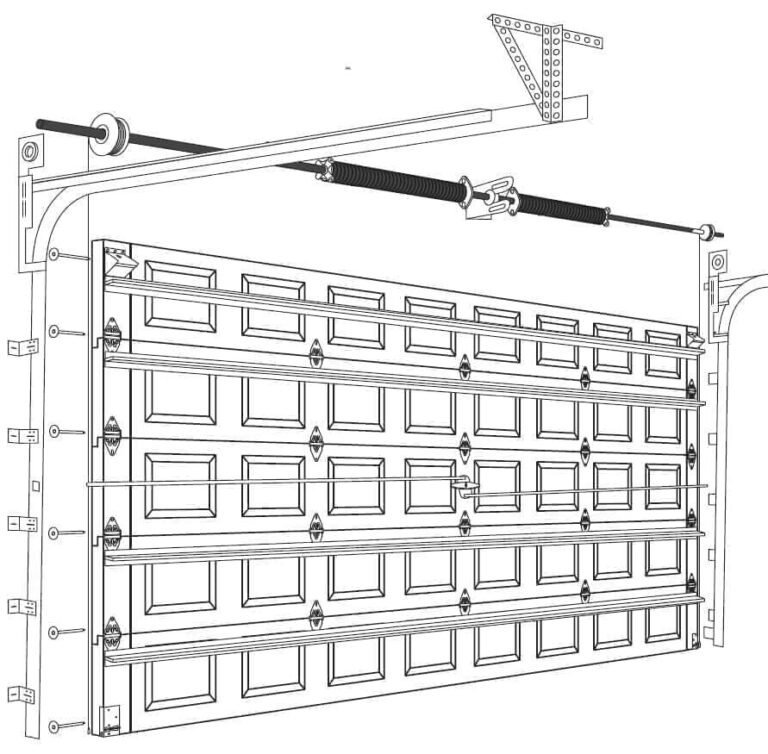
A garage door is made up of essential parts and hardware for smooth, safe operation. Key components include door panels (steel, aluminum, or wood), tracks, and rollers to guide movement. Torsion springs, cables, and drums balance and lift the door, while hinges add flexibility and struts prevent sagging. The garage door opener with its motor, limit switches, remotes, wall buttons, and keypads automates operation. Safety sensors, brackets, bearing plates, and spring bushings secure vital parts, while weatherstripping seals the door. Emergency cables and locks ensure manual operation. Parts like the J-bar, shaft coupler, and side bearings enhance functionality. Regular maintenance ensures reliable performance.
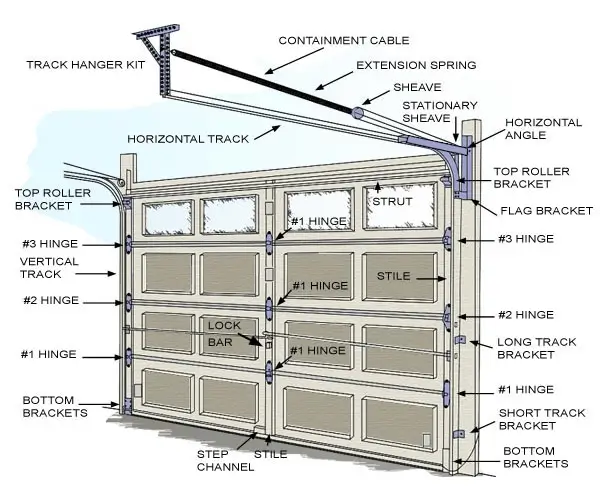
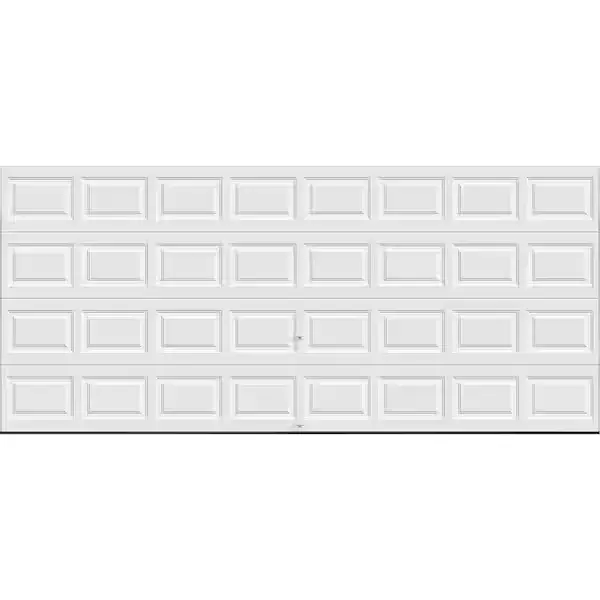
Function: Forms the main structure of the door, providing security and insulation
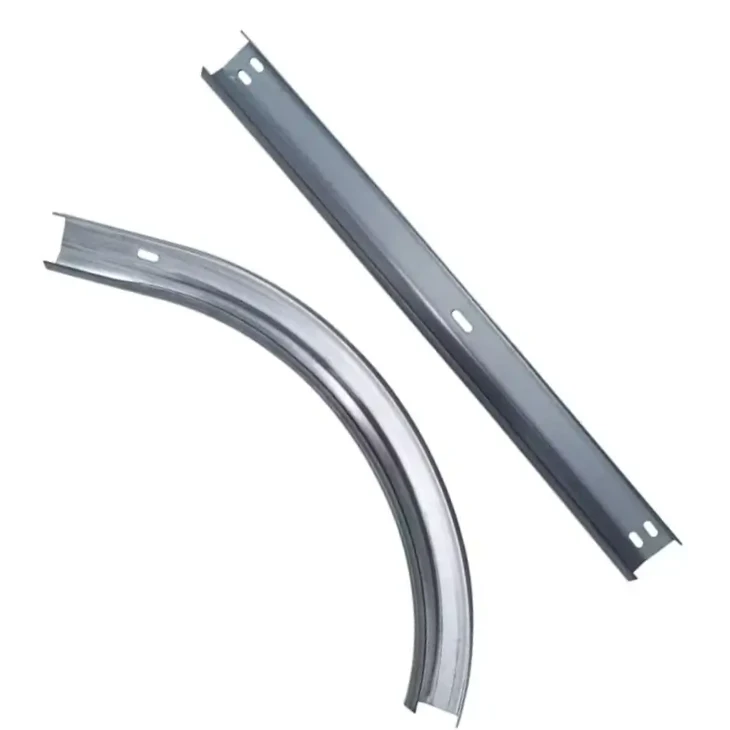
Function: Guides the door's movement vertically and horizontally

Function: Enables smooth movement of the door along the tracks

Function: Provides tension to counterbalance the door’s weight

Function: Works with springs to lift and lower the door safely
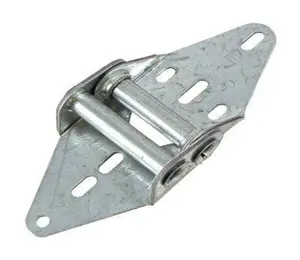
Function: Connect door panels, allowing flexibility during movement
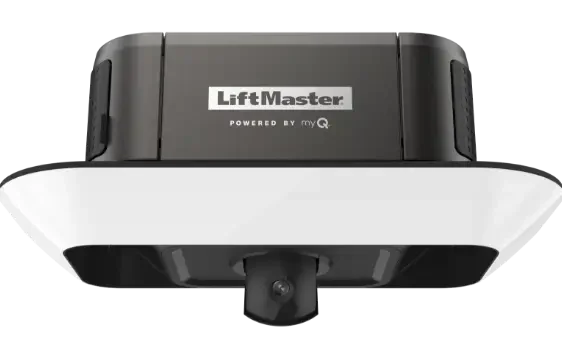
Function: Automates door opening and closing

Function: Detects obstructions to prevent accidents

Function: Seals gaps to prevent drafts, dirt, and water entry

Function: Ensures smooth cable winding and lifting of the door
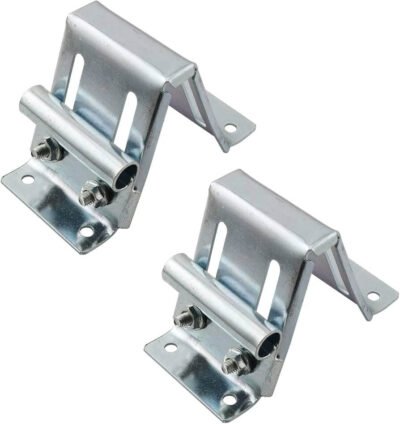
Function: Secures tracks and rollers to the door frame
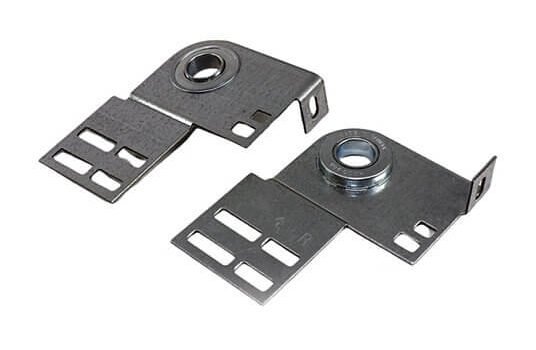
Function: ensure smooth operation and help maintain proper alignment of the torsion system
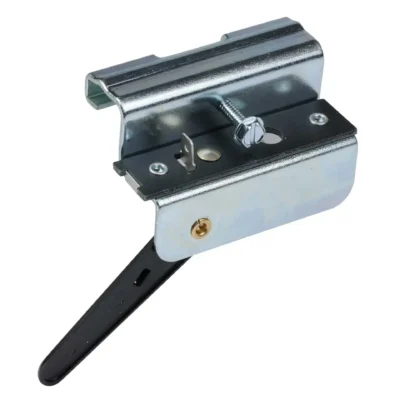
Function: Forms the main structure of the door, providing security and insulation.

Function: Provides manual operation for the door
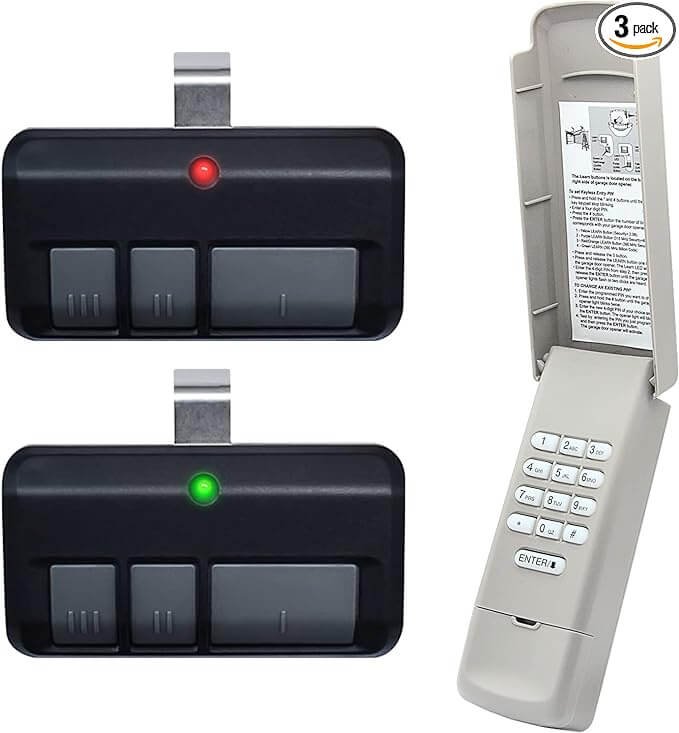
Function: Allows remote or manual access to the door opener

Function: Holds the torsion spring in place and supports the shaft in the center of the garage door

Function: Secures the garage door by locking it in place, often used for added security
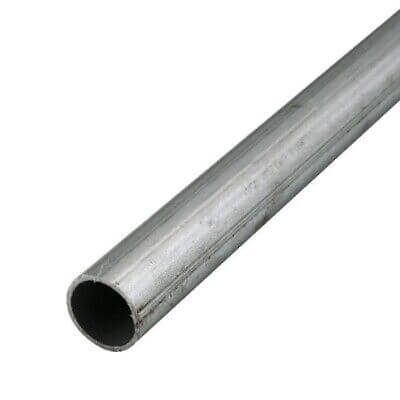
Function: supports the torsion springs and helps transfer the spring's energy evenly across the garage door

Function: Connects the garage door opener trolley to the garage door
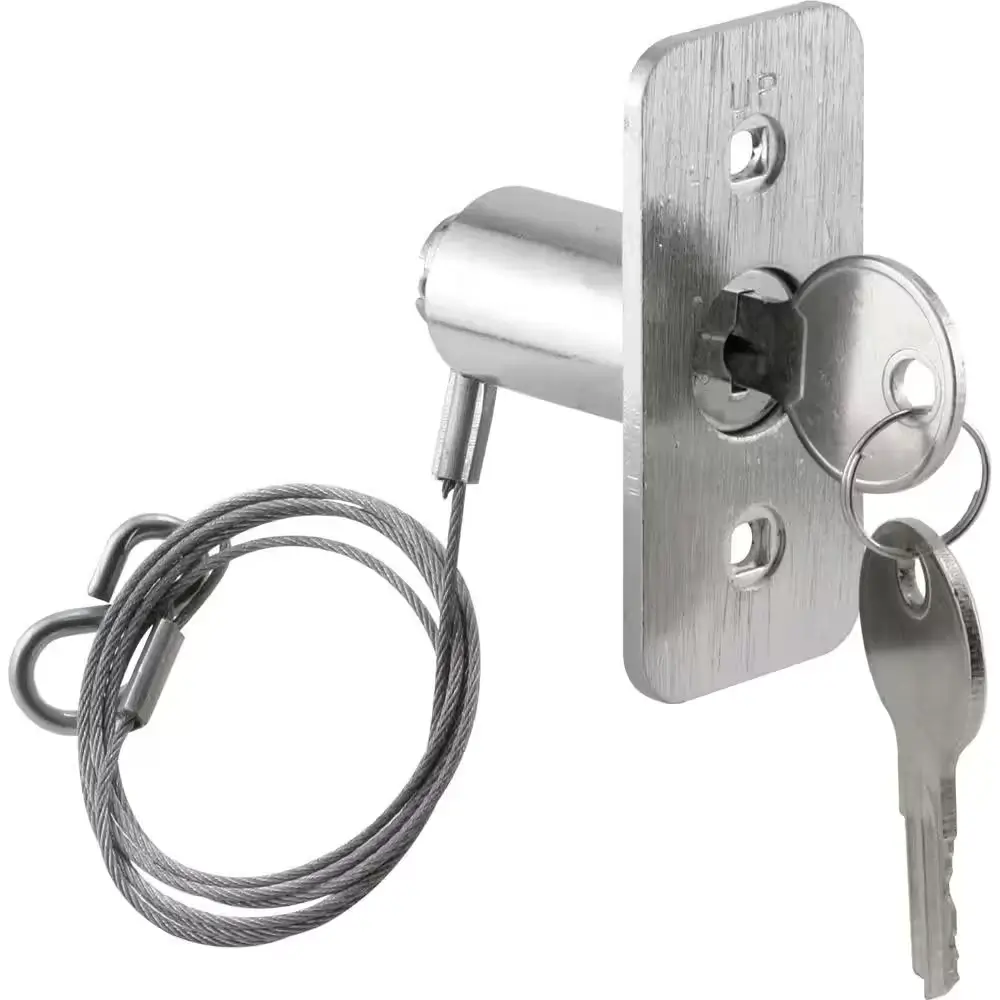
Function: Allows manual operation of the garage door during power outages or opener malfunctions

Function: Reinforces the door panels to prevent sagging or bending, especially for wide doors or heavy materials
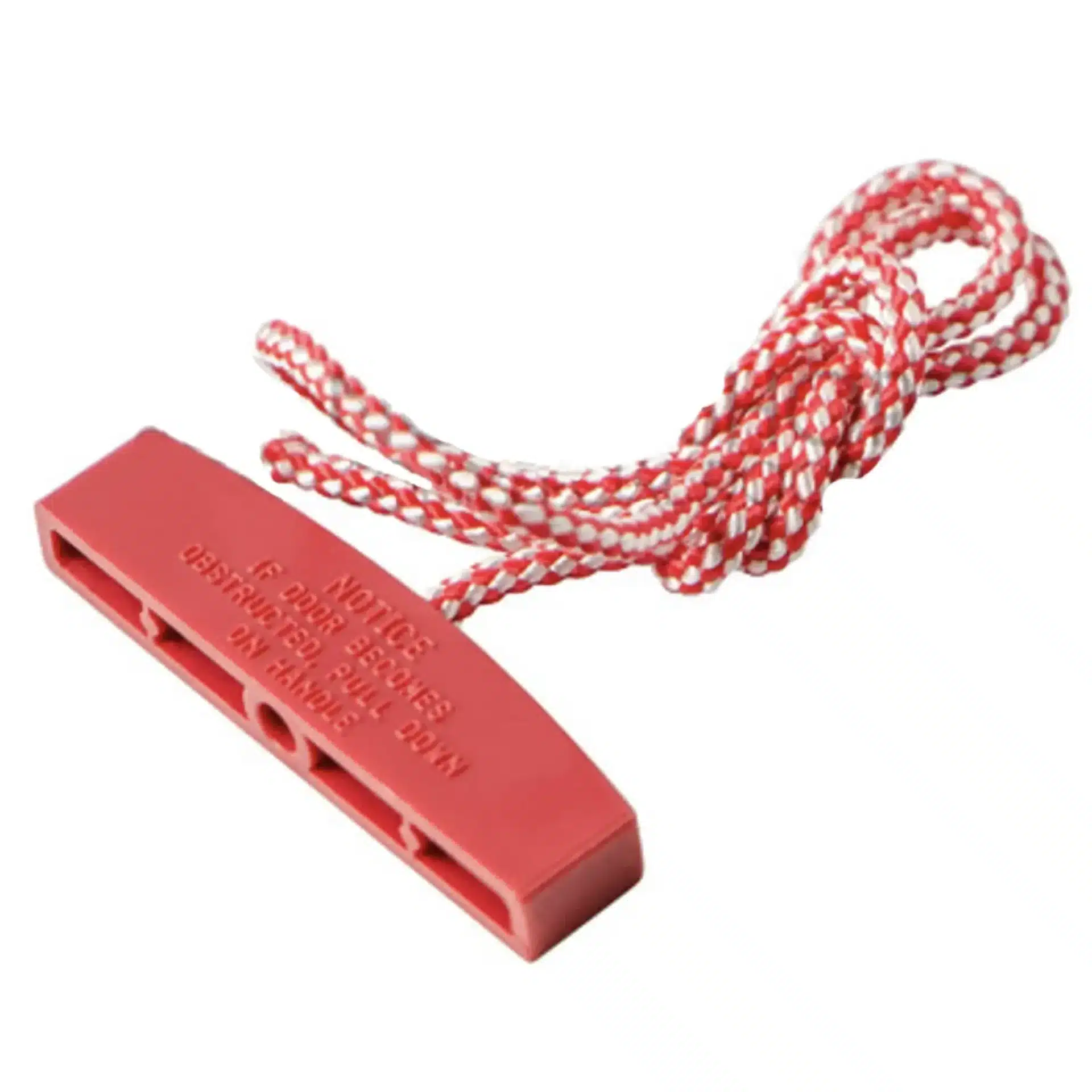
Function: allows the user to manually disengage the opener from the door, enabling manual operation
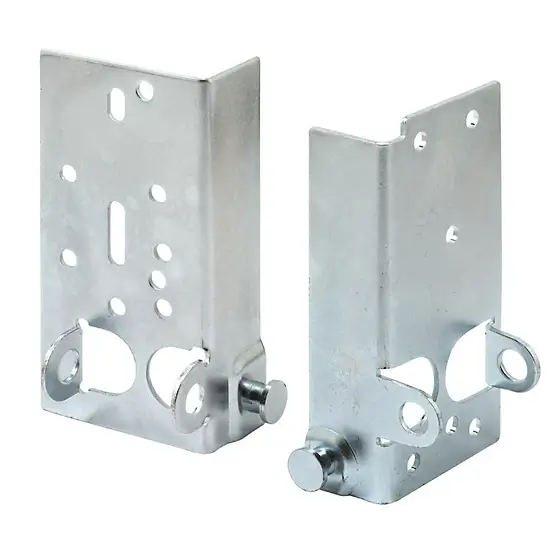
Function: Secures the lifting cables and attaches to the bottom of the garage door panels

Function: support and guide torsion springs on the shaft, reducing friction
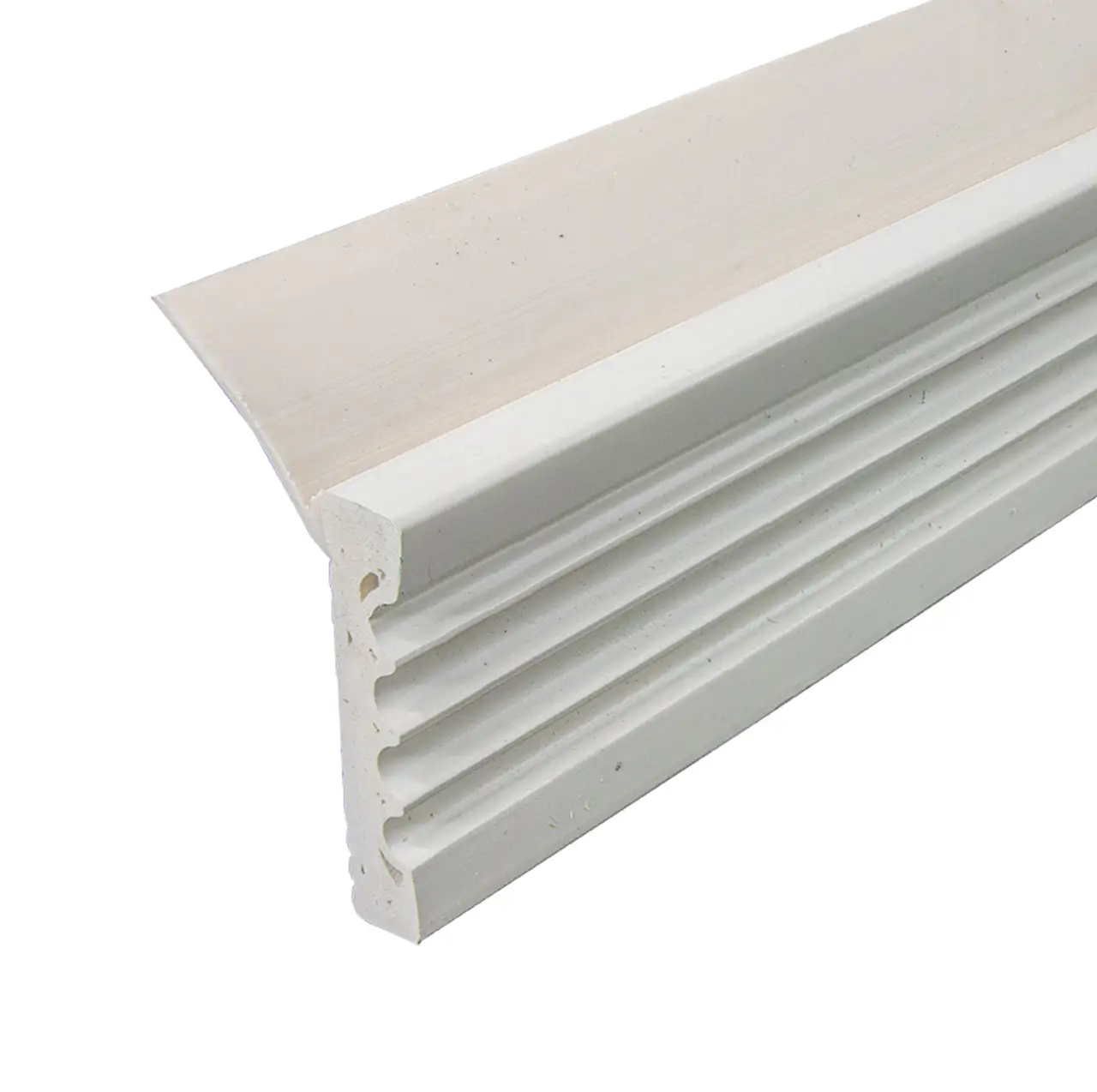
Function: Creates a weatherproof barrier to block drafts, water, and debris from entering the garage

Function: Pre-punched steel angle designed to support tracks, springs, or openers
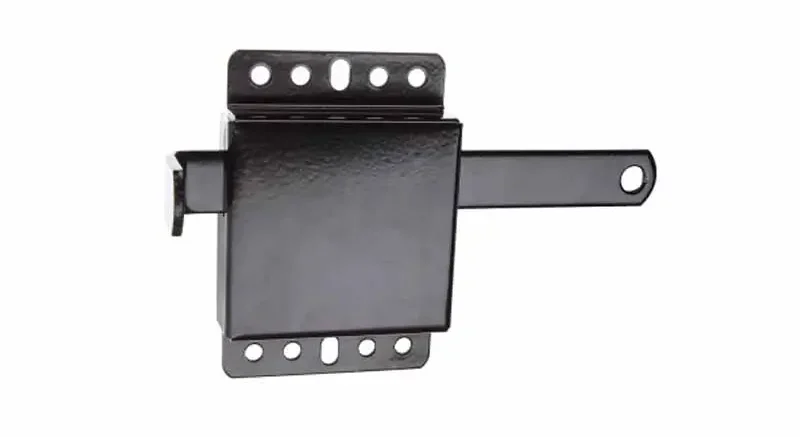
Function: Secures the garage door in place when manually locked, providing an additional layer of security
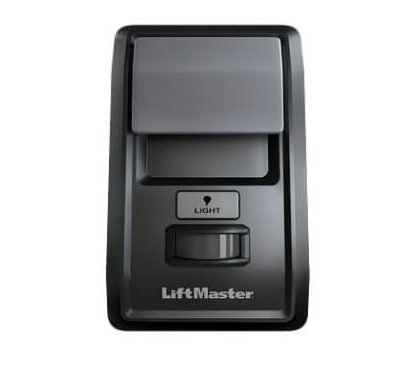
Function: A simple wall-mounted control switch for operating the garage door opener
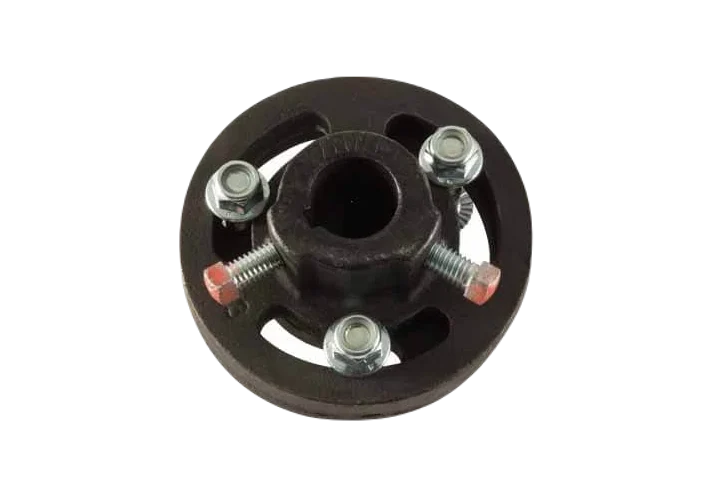
Function:Connects two torsion shafts, ensuring smooth and synchronized movement
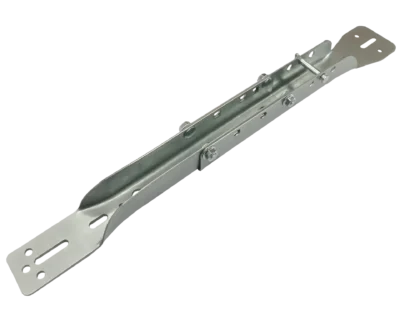
Function: Provides added structural support to prevent bowing or damage to garage door panels

Function: Forms the main structure of the door, providing security and insulation

Function: Guides the door's movement vertically and horizontally

Function: Enables smooth movement of the door along the tracks

Function: Provides tension to counterbalance the door’s weight

Function: Works with springs to lift and lower the door safely

Function: Connect door panels, allowing flexibility during movement

Function: Automates door opening and closing

Function: Detects obstructions to prevent accidents

Function: Seals gaps to prevent drafts, dirt, and water entry

Function: Ensures smooth cable winding and lifting of the door

Function: Secures tracks and rollers to the door frame

Function: ensure smooth operation and help maintain proper alignment of the torsion system

Function: Forms the main structure of the door, providing security and insulation.

Function: Provides manual operation for the door

Function: Allows remote or manual access to the door opener

Function: Holds the torsion spring in place and supports the shaft in the center of the garage door

Function: Secures the garage door by locking it in place, often used for added security

Function: supports the torsion springs and helps transfer the spring's energy evenly across the garage door

Function: Connects the garage door opener trolley to the garage door

Function: Allows manual operation of the garage door during power outages or opener malfunctions

Function: Reinforces the door panels to prevent sagging or bending, especially for wide doors or heavy materials

Function: allows the user to manually disengage the opener from the door, enabling manual operation

Function: Secures the lifting cables and attaches to the bottom of the garage door panels

Function: support and guide torsion springs on the shaft, reducing friction

Function: Creates a weatherproof barrier to block drafts, water, and debris from entering the garage

Function: Pre-punched steel angle designed to support tracks, springs, or openers

Function: Secures the garage door in place when manually locked, providing an additional layer of security

Function: A simple wall-mounted control switch for operating the garage door opener

Function:Connects two torsion shafts, ensuring smooth and synchronized movement

Function: Provides added structural support to prevent bowing or damage to garage door panels
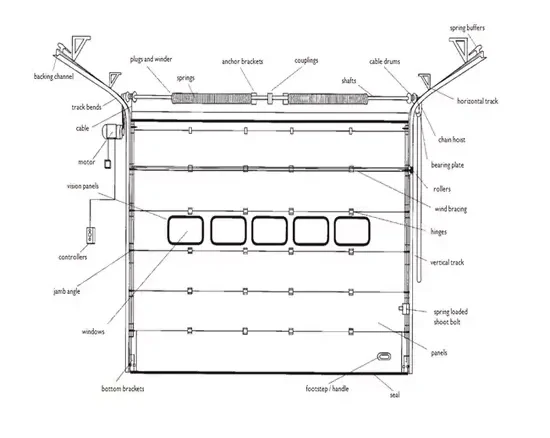
Garage door parts wear out from regular use, environmental factors, or lack of maintenance. Torsion springs and cables may break after repeated cycles, while tracks can misalign or bend from impact, and rollers wear without lubrication. Hinges may rust, and struts weaken, causing sagging panels. Openers often face worn gears or misaligned sensors, and limit switches or safety sensors may fail. Weatherstripping deteriorates, and bearing plates or spring bushings wear, causing misalignment. Emergency cables may fray, reducing reliability. Regular maintenance prevents costly repairs and ensures smooth operation.
Locating garage door parts is crucial for troubleshooting and maintenance. Torsion springs are mounted above the door on a torsion bar. Cables run along the door's edges, connecting to the bottom brackets and drum system. Tracks guide the door's movement, with rollers sliding within them, and hinges connecting the panels. Drums are at the torsion bar ends, while bearing plates and spring bushings are near the center or ends of the torsion system. The garage door opener is mounted on the ceiling, with an opener arm attached to the door. Safety sensors are near the floor, weatherstripping lines the edges, and emergency cables attach to the opener's release mechanism. Understanding these locations simplifies repairs.
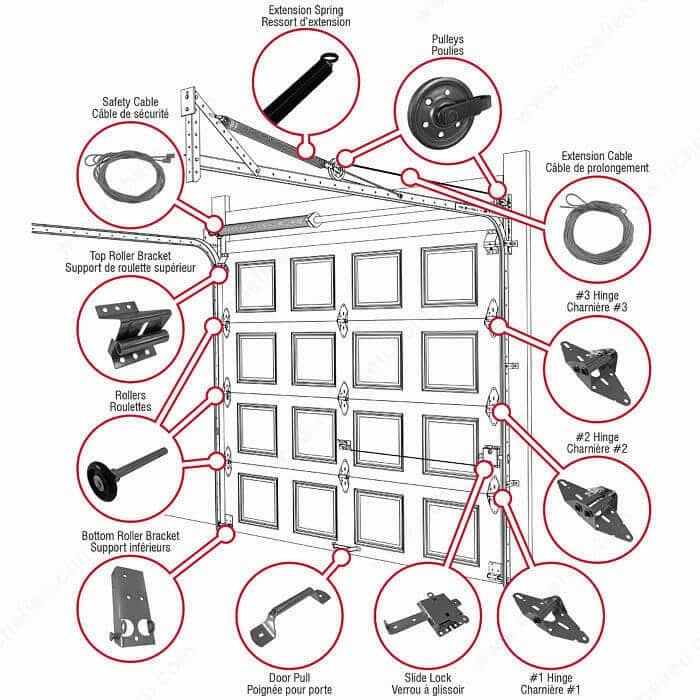










For replacing, upgrading, or repairing garage door parts and hardware, trust Amazon Garage Door and Gates to keep your door safe, functional, and efficient. We handle all components, including springs, cables, rollers, hinges, tracks, and openers. Our technicians diagnose issues, replace worn parts, and upgrade hardware to boost performance and lifespan. Using high-quality parts and expert service ensures smooth operation. Count on us for reliable repairs, tailored solutions, and seamless garage door functionality. For more useful information visit our Blog page .
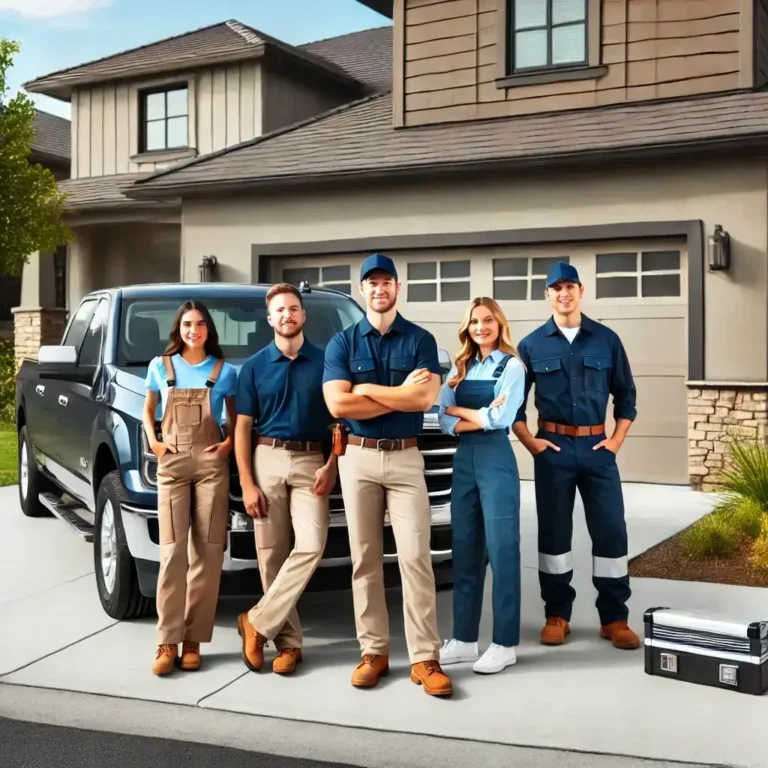
Scheduling an appointment for our garage door parts and hardware services is quick and easy. At Amazon Garage Door and Gates, simply fill out the booking form below with your contact details, and we’ll confirm your appointment promptly. Prefer direct communication? Leave your details for a callback or call us at (844) 777-3677 to schedule. Our technicians specialize in all the different garage door parts & hardware including springs, cables, rollers, hinges, tracks, and openers and handle everything on-site to ensure smooth and efficient operation. With fast response times and expert service, we’re your trusted partner for all garage door solutions. Book today!

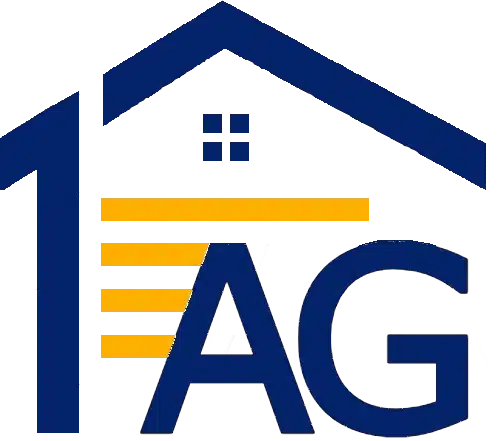







Commonly worn-out garage door parts include springs, cables, rollers, and hinges. These components experience constant tension and movement, making them prone to wear and tear. Regular maintenance and timely replacement of these parts ensure smooth operation and extend the lifespan of your garage door.
Signs of damaged or misaligned tracks include the garage door moving unevenly, making loud scraping noises, or getting stuck during operation. Visual signs like bent or loose tracks are also indicators. Professional track realignment or repair is essential to prevent further damage to other components.
Noisy or rough garage door rollers may need lubrication or replacement. Over time, rollers can wear out or collect debris, affecting their functionality. Regular lubrication can reduce noise, but damaged rollers should be replaced by a technician to ensure the door operates efficiently and safely.
Yes, damaged hinges or brackets can cause the garage door to become misaligned or make it difficult to open and close smoothly. Broken hinges can also lead to uneven panel movement, putting stress on other components. Timely replacement of these parts helps maintain the door’s stability and functionality.
It’s recommended to inspect garage door hardware, such as bolts, screws, springs, and cables, at least twice a year. Replace any worn or damaged parts immediately to prevent further issues. Routine inspections by professionals can identify potential problems early and keep your door in excellent condition.
